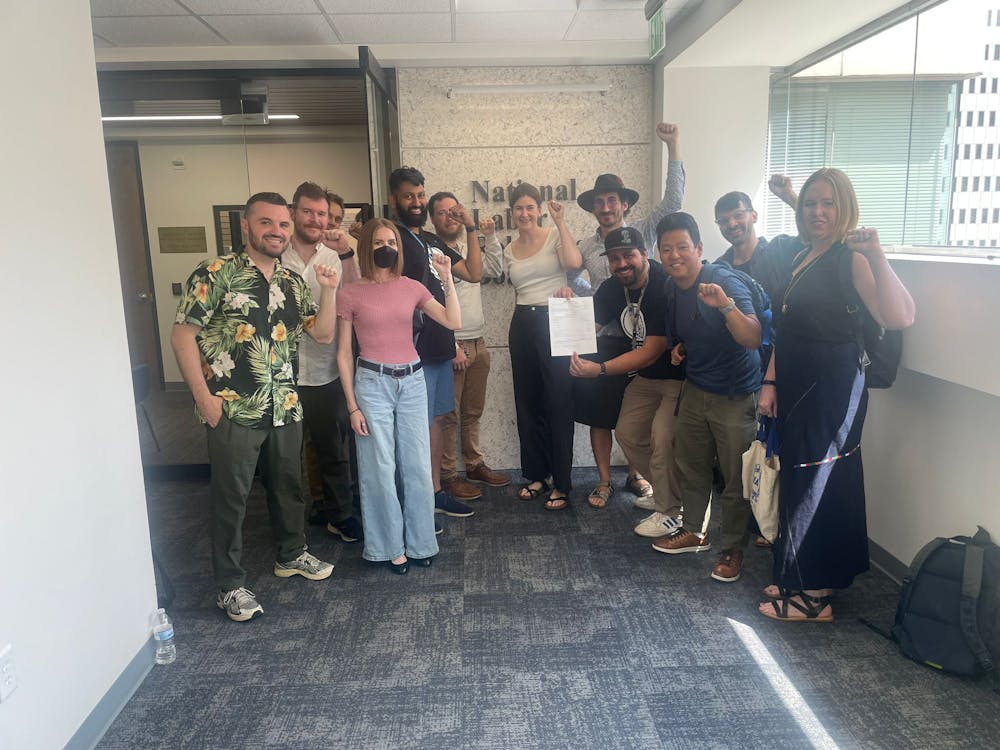It’s not often that Baltimore finds itself host to guests that are thousands of years old. But until Jan. 20, the city will be just that as the Maryland Science Center opens its doors for a new exhibition titled, Mummies of the World.
As the title suggests, the Mummies of the World exhibit showcases preserved bodies from all over the world. Tickets are $22, with audio tours for extra commentary costing an extra $5.
The Maryland Science Center is located in the Inner Harbor, accessible by the JHMI to Penn Station and then the Circulator to Inner Harbor.
The website states “Mummies of the World is the largest exhibition of mummies and related artifacts ever assembled,” and the visitor certainly feels that this is true. What makes this exhibit so distinct is its display of mummies organized by region. Visitors get a true sampling of the different types of mummies as opposed to typical mummy exhibits that usually focus on one type.
Mummies are also not limited to just human bodies. Visitors can view mummified dogs, cats and even monkeys. It is fascinating to see how these objects were preserved for thousands and thousands of years and to see the tools used to mummify them.
Many of the human mummies still have hair and nails that are intact, and with some, it is possible to make out what they would have looked like as a living person.
The exhibit starts out with the region typically associated with mummies: ancient Egypt. Not only does the exhibit explain the process by which the bodies were prepared for mummification, but they also show the various tools and materials used to preserve it. The artifacts themselves are often beautifully crafted and interesting to behold alone.
Another section covers mummies from the desert regions of South America. Naturally preserved, it’s amazing to see how this different method of mummification changed the way the bodies look.
In this section is the much-publicized Detmold Child, a 10-month-old Peruvian child mummy, dated 3,000 years before the famous King Tut. I personally did not find the tiny mummy as interesting as the adult, better-preserved mummies. But for so much publicity, it was a relatively small section of the South American mummies.
The last section featured a family of Hungarians from the 18th century, discovered in 1994 in a long-forgotten crypt. The mummies were dressed as they would have been when living and it was easy to imagine them as living people.
It’s amazing to think that these preserved things behind the cases have outlived major historical events that we now study but also to think of how their daily lives might have been so different from ours.
After experiencing these remnants of history, you might want to visit the others offered by the science center, including a children-oriented but still fun interactive exhibit about the human body.
Overall, it’s a great way to experience the science center.




